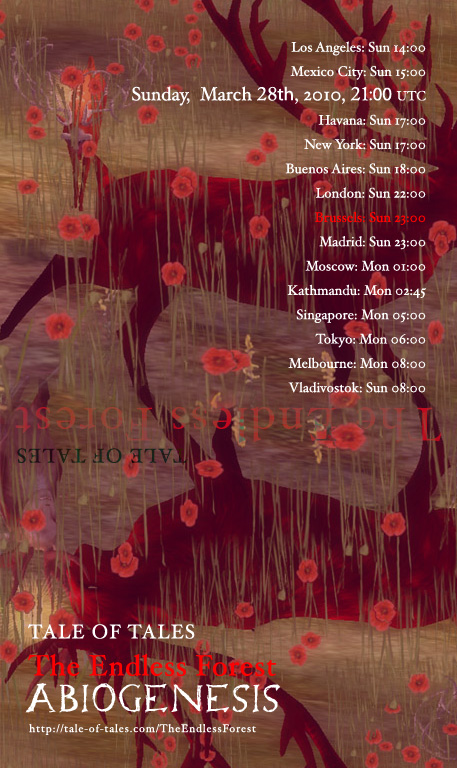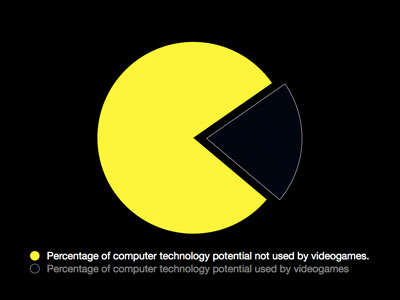Ian Bogost has commissioned us to make a game to be revealed at the Art History of Games symposium in Atlanta. That game will be Vanitas, reported on earlier. Next to us, two other games have been commissioned. One by Jason Rohrer and one by Eric Zimmerman and Nathalie Pozzi. We applaud the initiative to commission artsists to create new pieces. Wish it would happen more often.
And if that wasn’t enough, the 3 day symposium will have presentations by all sorts of interesting speakers: Ian Bogost himself of course, but also Jay David Bolter, Brenda Brathwaite, Jesper Juul, Christoph Kluetsch, Frank Lantz, Henry Lowood, Michael Nitsche, Christiane Paul, Celia Pearce, John Romero, John Sharp and of course the commissioned artists (expect some provocative statements!).
Hope to see you there!
Register now for The Art History of Games, a symposium and exhibition jointly organized by SCAD-Atlanta and the Georgia Institute of Technology
February 4-6, 2010
Rich Auditorium at the High Museum of Art
1280 Peachtree St N.E., Atlanta GA 30308
Register at: http://arthistoryofgames.com/registration
The Art History of Games is a three-day public symposium in which members of the fields of game studies, art history and related areas of cultural studies gather to investigate games as an art form.
Speakers include:
* John Romero, designer of Doom and co-founder of Gazillion Entertainment
* Christiane Paul, New School professor and Whitney Museum adjunct curator
* Jesper Juul, author of A Casual Revolution
* Brenda Brathwaite, creator of Vanguard Award-winning Train
* Frank Lantz, designer of Drop7 and Parking Wars
* And more…
Attendees are also invited to attend the premiere of three commissioned art games by Jason Rohrer, Tale of Tales, and Nathalie Pozzi and Eric Zimmerman, at Kai Lin Art (800 Peachtree St. N.E.).
Early registration ends Thusday, January 14: $15 for SCAD and Georgia Tech students, $25 for academics and students from other institutions, and $40 for the general public.
Register at: http://www.arthistoryofgames.com/registration
For more information, please visit http://www.arthistoryofgames.com or contact arthistoryofgames@scad.edu.




 This is why I have only selected 4 games for each prize in the festival. The fifth game -and clear winner- of each category is our own
This is why I have only selected 4 games for each prize in the festival. The fifth game -and clear winner- of each category is our own 



















